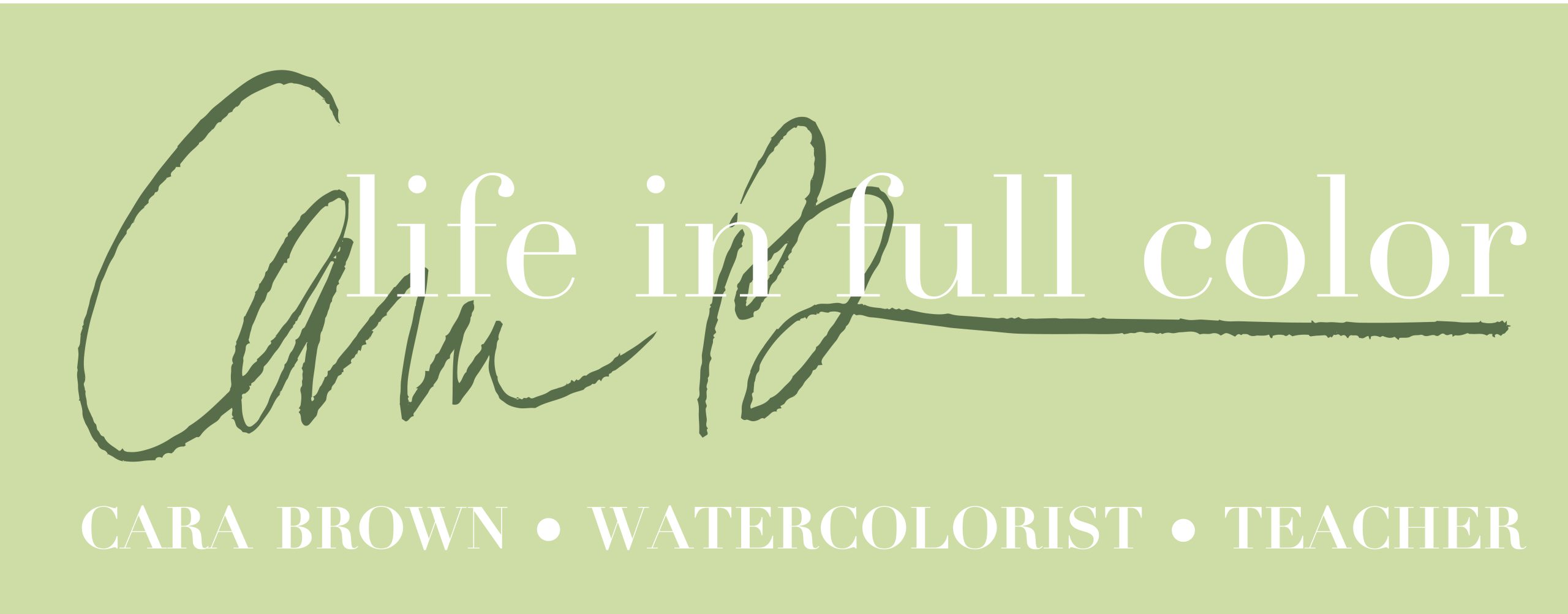Journal
Click on an image to read more about my process.
2008 – Grace – all but the roses
February and another trip to Kauai. This time we stayed at Tommy's sister and brother-in-law's place in Koloa town. It has a great covered front porch - perfect place to paint. I can paint even as it's pouring rain. Grace underway.
2007 – Tropical Peaches finished
On the easel at Light Rain, ready for capture.
2007 – Tropical Peaches – making progress
Though I wasn't done with the leaves and branches, I was tired of the colors, had to start painting the peaches.
2007 – Tropical Peaches get their start
I paint often in the evenings - even when we are on vacation. In the light of the lamp at the cottage on Kauai, making my way around the branches and leaves of Tropical Peaches.
2007 – Mid Summer Zin finished
Along side the cottage wall on Kauai - all finished.
2007 – Grapes! Painting on Kauai
Joe and I stayed several times at the sweetest beach cottage in Poipu, called Brenneke's Cottages. I loved staying there - walking distance to the beach, private backyard, just nice enough and just funky-beachy enough to suit us. I discovered I love painting grapes -...
2007 – Pomegranates finally done
I took a week and holed up at my friend Marie's condo while it was on the market. I wanted to do nothing but paint. She'd already moved out so there was nothing there, just the staging furniture (no sheets on the bed even). No TV, no books - just me and my paints. I...
2007 – Reach – finished
Up against the garage door for its "I'm done" photo.
2007 – Reach – before attacking the sky
Out on the patio table, 4" house painting brush in hand. I hated the sky - just before I threw paint on it.
2007 – Reach – just getting started
2007 – Twin Dahlias finished
Home from Kauai, resting up against the garage door - all done. It became Carol Hannon's painting within two weeks. Some go fast.
2007 – May – Twin Dalias background
On the bed in the little room downstairs at Tommy and Steff's on Kauai. I went over for a week on my own to paint and hang with my Kauai sister. I had just finished Fauchon Eclairs and got started on the dahlias.
2007 – Apple Blossom Spring
Normally I paint from the least interesting, least detailed to the most, which means that I paint the background first, and the focal point last. But I was really afraid of not being able to paint the delicate white petals. I didn't want to paint it all and then ruin...
2006 – Moonstone almost finished
I was painting this just as I had agreed to show at Marin Open Studios for the first time. I was terrified of the leaves - all that detail! But I did them! I was working on the final layers of the bud at this point. This is the last piece I painted on 140 lb paper....
2006 – Learning about composition
This is Pink Plumeria before I whacked off 8 inches of it and made it square. It never was a very strong painting. Though I did have fun with color in the petals and learned about putting compliments in to create great darks. I used some of the quinacridone rose from...
2005 – Plumeria out of the plastic bag
This painting along with Bud the Dog, Blue Door, Roses for Annie and Full Circle were in a plastic bag stored under my bed for a a long time, maybe a couple of years. My girlfriend Brenda told me to get them out and get them framed! She said that I had something and I...
2004 – Full Circle – before it was framed
I had this paiting banging around in my life for so long before I protected it with a frame. I had it in the window sill of my studio, as part of an altar in the pink room. I had no idea that I was really an artist and that anyone would find this precious enough to...
